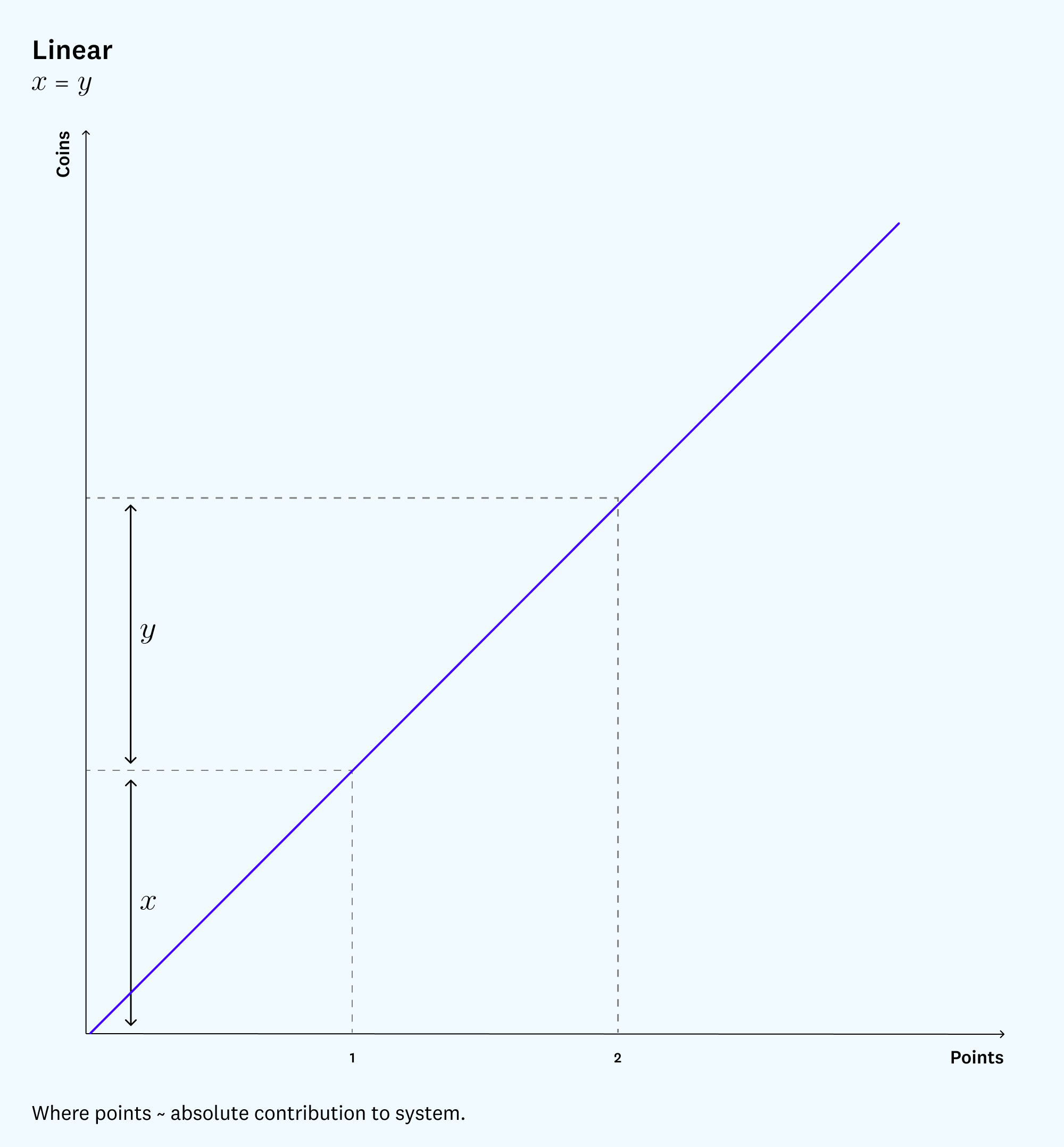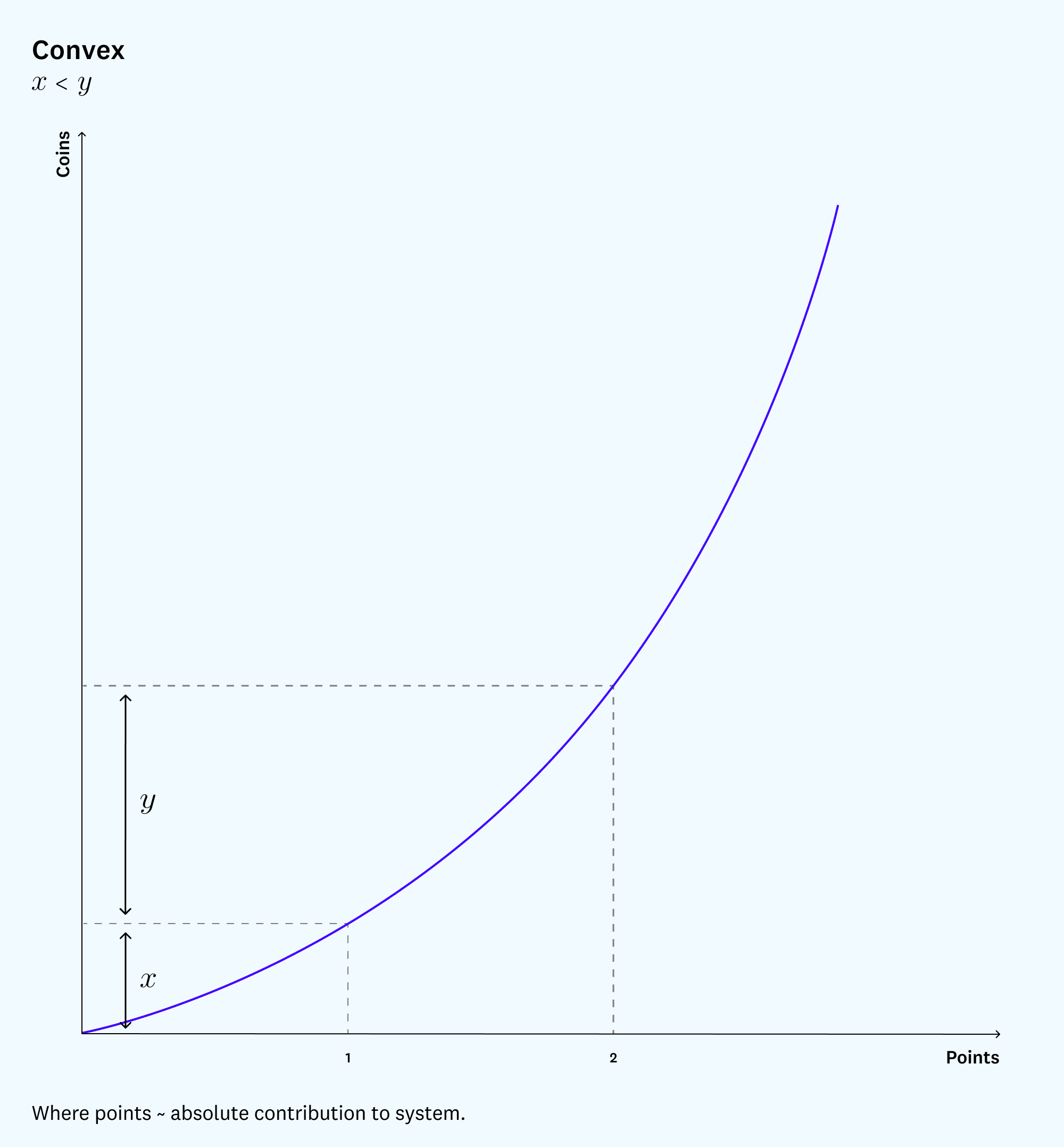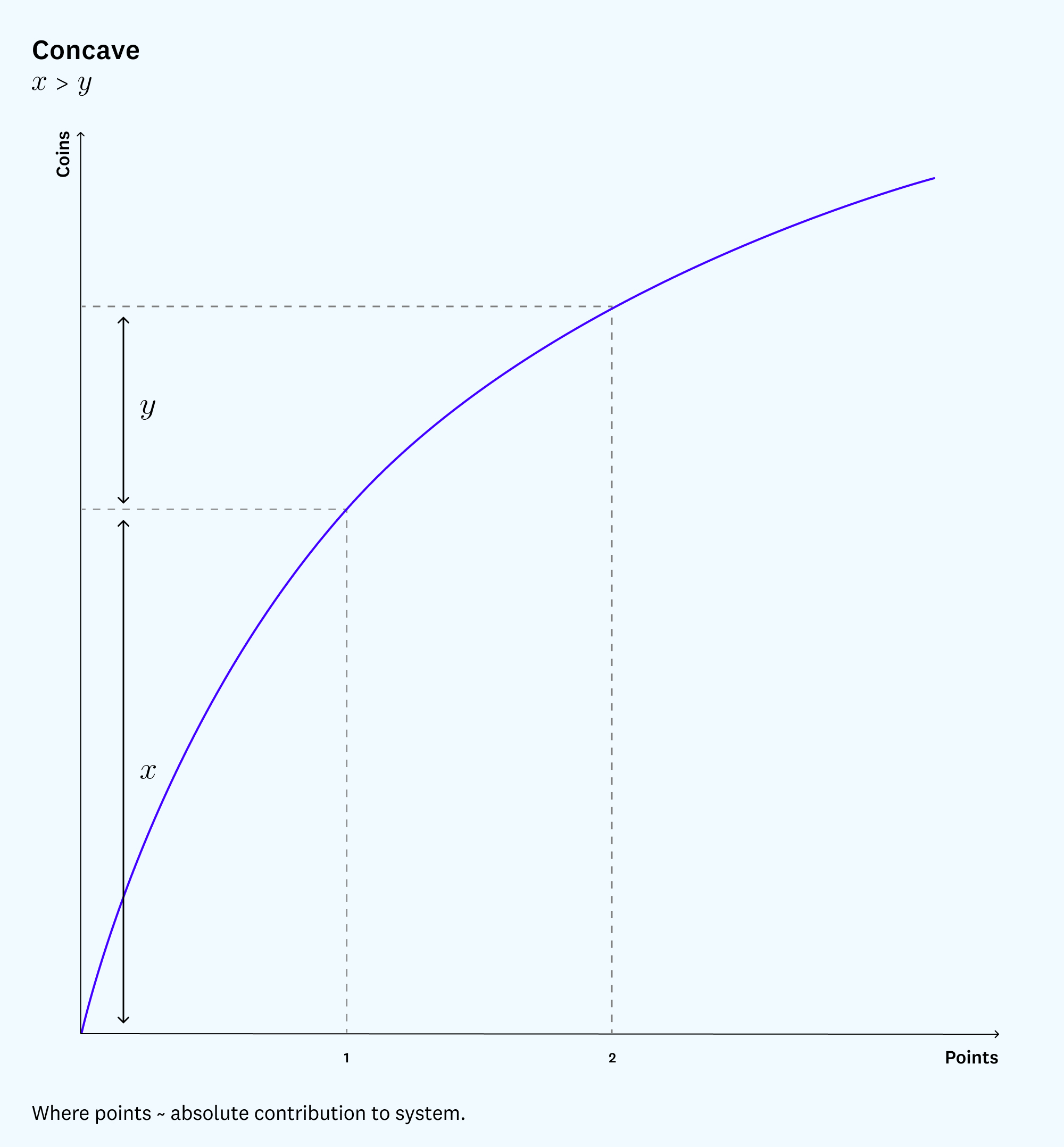How to design a reputation system for your community or DApp?
Aug 26, 2022 . 3 min read . 648 views
title: 'How to design a reputation system for your community or DApp?' publishedAt: '2022-08-26' summary: 'Reputation systems are nothing but a fancy way of rewarding and incentivizing user contribution/participation. ....' category: '#Web3 #SocialTokens #ReputationSystems'
Reputation systems are nothing but a fancy way of rewarding and incentivizing user contribution/participation. Different variations of these systems are currently in use by web3 games such as axie infinity or communities such as FWB.
But the idea of reputation systems by itself isn’t new. Remember Youtube play buttons for creators or Discord server roles?
All these are examples of reputation systems used for status signalling. Web3 takes it a step further by allowing linking financial incentives to one’s reputation.
So how should you design a reputation system for your use case?
Jad Esber, co-founder at Koodos suggests you take a 2-token approach for this.
- A non-fungible & non-transferrable social token for status signalling. He calls is ‘points’.
- A fungible & transferrable monetary token for awarding monetary gains linked to the social token. He calls it ‘coins’.
The social tokens or the points should strictly be tied to skill-based contributions or participation.
The points should be non-transferrable to maintain their significance as a status signalling tool.
e.g: Once people started buying Insta followers the followers count metric lost its value as a status signalling mechanism.
The Monetary tokens or the coins are awarded to the users based on the points they have. Coins are a tradable currency which could be spent for in-game/in-app/in-community purchases or simply traded amongst users.
A few considerations:
- Keep the coins supply relatively scarce to maintain its value. The supply of coins is always decreasing unless there is a way for them to be sucked back into the platform through in-platform Purchases.
- Select the ideal frequency of coin payouts based on your platform type. e.g: For an employment-based platform it is better to award coins at regular intervals provided the user has made valuable contributions and maintained a certain points level. Vs. for platforms with irregular contributions such as DAO etc can adopt an immediate payout based on the contribution.
- Make it transparent for users the points/coins accruing logic.
- Incentivize ongoing participation by degrading/depreciating points over time. This also helps to deal with non-engaging early adopters. The points can either mechanically depreciate or are a function of the user’s engagement level relative to other users. A real-life example is fantasy football, where you lose points if you are not active for a week.
- Use supply and demand levers to manage the tokenomics of your dApp/community.
- make the accrual of points harder to slow down point accumulation
- or decrease the total payout size as a way of decreasing the long-run coin supply
- Adopt a Linear/Convex/Concave approach to awarding coins based on your platform goals.
In a linear system, the user gets the same number of coins as points.

Convex systems are good for rewarding loyalty and incentivizing engagement. As the user gets old they get more coins for their engagement.

Concave systems are good to draw new users in. Easy to get coins at the beginning and progressively harder with time.
